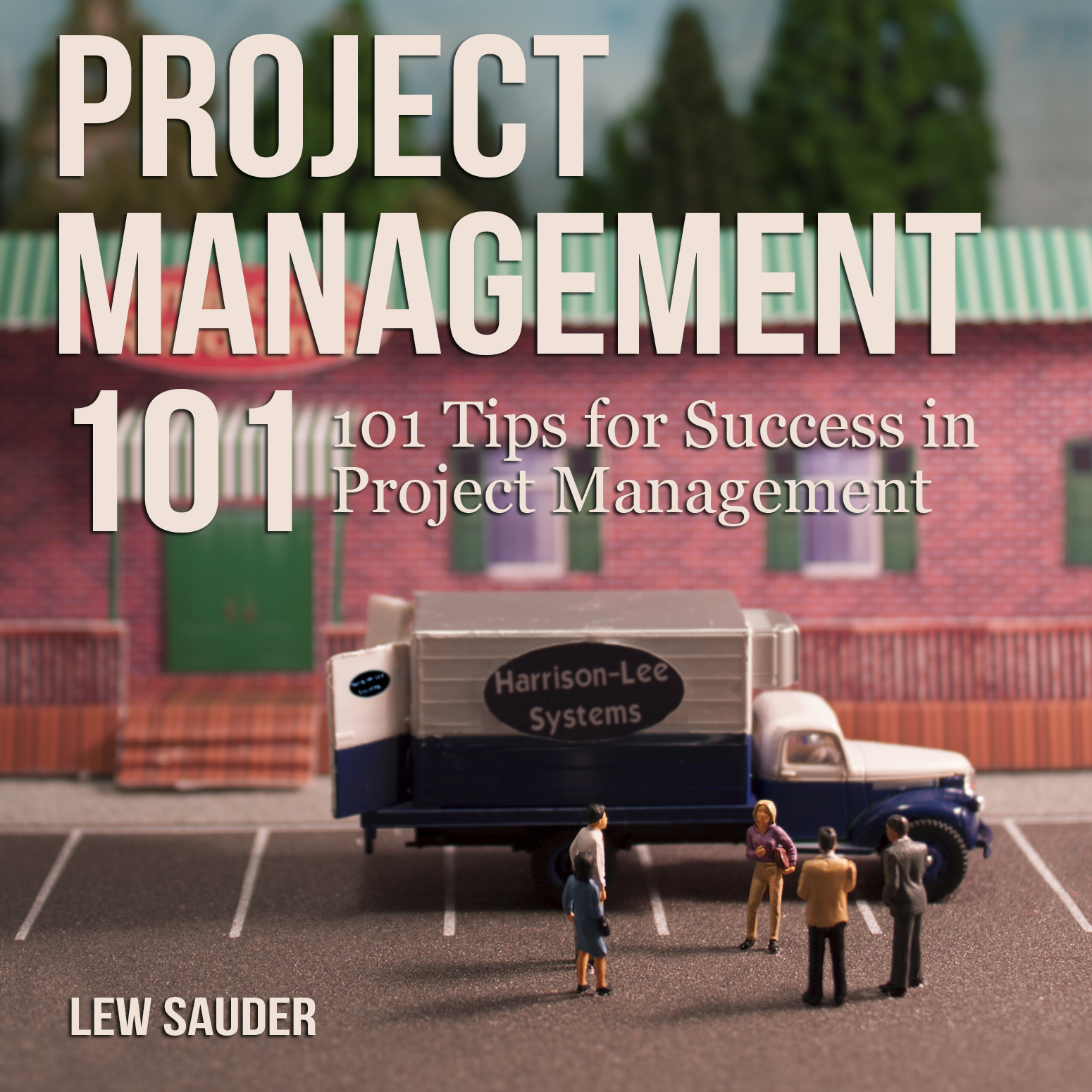I managed a project once where we were implementing a system for several clients. We visited one of the clients where I met with their team, including my counterpart project manager.
He seemed like a nice enough guy and we agreed that we would do our best to communicate and work together. Once the meetings started, we began delving into the client’s business requirements.
The client’s project manager had a list of questions he wanted to get through and seemed intent on getting through the list swiftly. He would ask a question. Someone would give an answer. He would begin typing the information into his laptop.
Invariably, someone would either add to the answer, contradict it, or ask a question, indicating they weren’t sure the answer was correct. In some cases, this would result in some fairly extensive discussion.
I could read the expression on the project manager’s face. He just wanted to get through the list. Ask a question and answer it. All this discussion was just slowing down his process.
The business people couldn’t have cared less about his list. They wanted to get the system correctly defined. They expanded the discussion from the PM’s questions to other areas of functionality. The project manager didn’t have that on his radar and therefore wasn’t interested.
Checklist project management
It became clear to me that he was a disciple of checklist project management. He had a list of things to do, functionality to define, and questions to ask. He just wanted to be able to check items off of the list. That was more important to him than quality or completeness of the application.
Those that spent time discussing the details and defining a quality system were mere annoyances to him.
Related post: Too Much Process, Not Enough Thought
On time and under budget
One of the most common measurements of “project management success” is whether the project came in on time and under budget. Project managers tout it on their resume and managers praise them for it.
At the beginning of a project a project plan is developed. Whether it uses an Excel spreadsheet or a Microsoft Project plan, most look very similar. The plan lists all of the tasks for the project, the assigned task owner, and the estimated time for each task. It may even indicate dependencies on other tasks and a beginning and ending date. The project manager may be given a project budget for software, hardware, consultants, etc.
Once all of this is established, the measurements begin. The project manager is given incentives to finish the project at or under the thresholds for the number of hours in the project plan and the dollars spent on the budget.
The project manager may create additional checklists, but the project plan becomes his master checklist. Mark everything off on or before the projected end date, and everyone is happy. Have one go past the estimated time and suddenly my project is behind. I have to manage this back on track to avoid the slippery slope of the entire project going off track.
For more information, check out The Importance of Leadership in Project Management
Project success
Once all of the items have been checked off the project plan, the project is complete. If the final task is completed on time and there is still money left in the budget, it is considered a successful project.
The missing ingredients here are quality and accuracy. Checklist project management rarely has an entry to validate for those aspects. In many cases, no follow up is performed with the business users to determine their satisfaction with the final product.
Conclusion
Checklists are a handy way to make sure all of the necessary steps are completed. A project manager needs to take great care that focus remains on delivering a quality, usable product that adds value. Relying strictly on checklist project management can result in a project manager being praised for a project that isn’t considered a success to the end users.
Have you ever worked with a project manager who practiced checklist project management?
If you would like to learn more about a career in Project Management, get Lew’s book Project Management 101: 101 Tips for Success in Project Management on Amazon.
Please feel free to provide feedback in the comments section below.






Lew, this is an excellent post! Congratulations for pointing out that results is as important as the time and cost getting there. The problem with checklist-managers is that they are usually trained or assigned not so much as a project manager, but rather a “project scheduler and cost controller”. Checklists are bad, what’s wrong is the content in the checklist, which includes checks on quality, end output alignment, projected usability, and customer’s expectation review and understanding, etc. You can be on time and under budget, and still fail.